The First King of Bengal
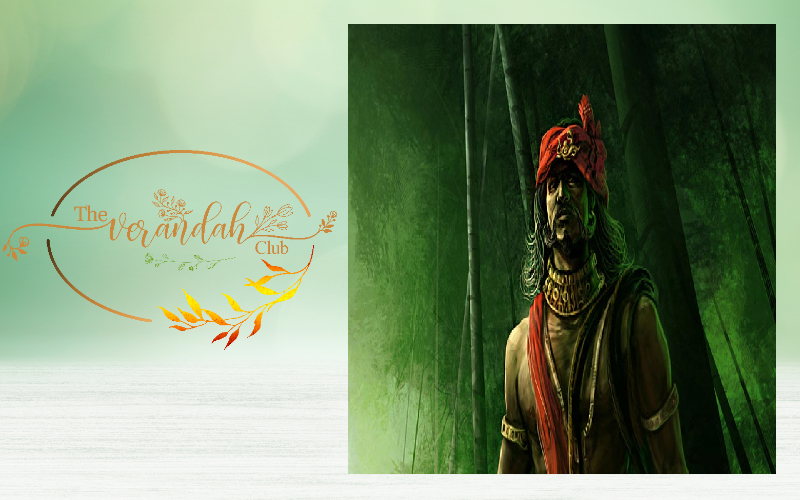
About 470-475 A.D., Skandagupta – the last able Gupta ruler died. He was succeeded by a string of weak and incompetent rulers. The once mighty Gupta Empire was on the verge of passing into oblivion. Fierce Hun armies started raiding from India’s north and north-western borders. The declining empire was helpless – it was a time of darkness. All over the subcontinent, local satraps – once pledged allegiance to Gupta suzerainty – started declaring independence taking advantage of the situation.
We would move ahead about 100 years. There emerged into this cauldron of uncertainty a man who came from nowhere and dramatically altered the course of history. His name was Sashanka. From where he arrived, history remains uncertain. Some considered him a scion of the later Guptas of Magadha – who succeeded the original Gupta dynasty. Some said he was the son of a Gupta feudal chief; yet others placed him as the head of a tribal clan. Whatever may have been his antecedents, Sashanka was a man marked for greatness. Taking advantage of the feeble rule of Magadha, he laid the foundations of the ancient Gaur Kingdom in the closing years of the 6th century AD.
Sashanka commanded a mighty army – formed of infantry, cavalry and a unit of ferocious war elephants. One of his first military successes was against the kingdom of Kamrup (modern Assam). He next turned his attention towards Magadh – the ancient Gupta seat of power, which was under Maikhari rule. Sashanka drove out the Maikharis and took control of Magadha.
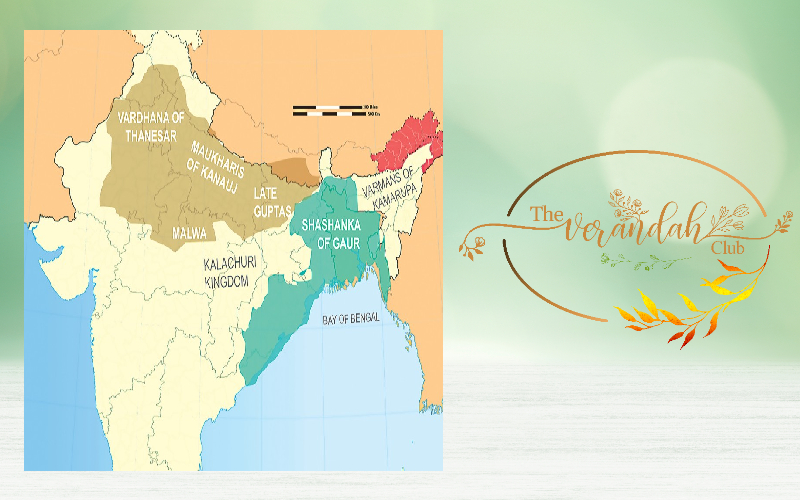
Samatata – the eastern part of modern Bangladesh – which had defied the might of Samudragupta – was also conquered by Sashanka, proving his military might. At the peak of his reign, the Gaud kingdom covered modern day Bangladesh and West Bengal, eastern parts of Assam, northern parts of Bihar and large tracts of Odisha.
King Sashanka was believed to be a Brahmin by birth who was a devout worshipper of Lord Shiva. He was a generous patron of the Shaivite (Shiva worshipping) sect of Hinduism and donated significant amount of wealth for construction of Shiva temples. Under Sashanka’s rule, the uncertainty that had grabbed the land after the decline of the mighty Guptas was brought to an end in the eastern part of India. Another significant beneficiary of Sashanka’s rule was the art of pottery and clay-work. Pottery as an art in Bengal during this period witnessed unprecedented growth. Sashanka established his capital at Karnasuvarna – believed to be also his place of birth. During his heyday, Karnasuvarna was one of most important urban centers in the subcontinent.
Yet, his continuous and voracious appetite for conquest brought him into conflict with the Pushyabhuti dynasty of Thanesar. History alleged that in 606 AD, king Rajyavardhana of Thanesar was murdered using treachery by Sashanka. Yet, the two accounts which suggested this were from Banabhatta and Chinese traveler, Xuanzang. Banabhatta was a court poet of Harshvardhana – the younger brother and successor of Rajyavardhana and thus quite likely to be heavily biased. Zuanzang was a Buddhist scholar and monk. Some later documents that survived to this day suggest that Sashanka was against Buddhism and even cut down the famed Bodhi tree of Bodhgaya.
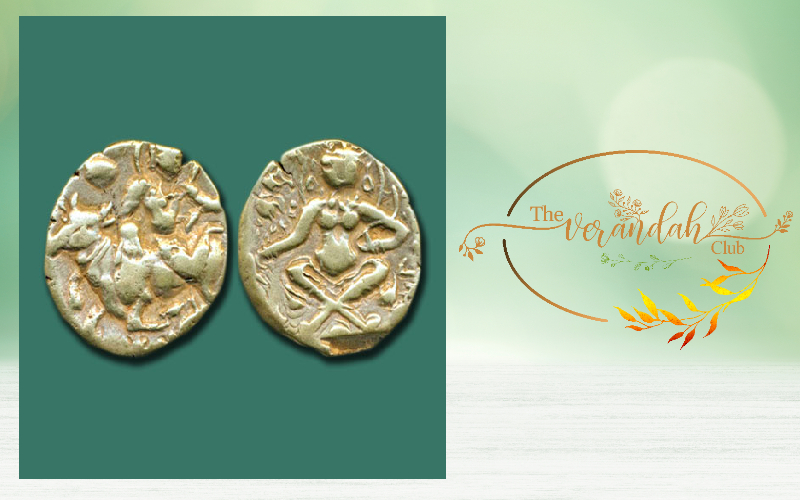
The veracity of these accounts remains dubious. However, it is not improbable that a devout Shaivite like Sashanka would not be a patron of Buddhism. At the least, his religious belief would provide enough motivation for Xuanzang to portray Sashanka in negative light. Whatever be the reality, the death of Rajyavardhana brought the wrath of the Pushyabhutis on Gaur. Harshvardhana vowed to avenge his brother’s death by destroying Sashanka’s kingdom. However, in a testimony to the military brilliance of Sashanka, despite repeated attempts, Harshvardhana failed to achieve his mission during Sashanka’s lifetime. Sashanka continued to rule from Karnasuvarna in all his might. For the first time, the identity of a Bengal province (although not yet called such) took shape during this time.
Sashanka’s death in 619 AD however spelt doom. Harshvardhana now finally found the opening he was looking for. He found an ally in Kamrup kingdom – whose ruler had been killed in war by Sashanka as the first step in his journey to kingship. The idea of an independent, unified Bengal kingdom came to an end as Sashanka’s territories were cut up between Harshavardhana and the Kamrup kingdom.
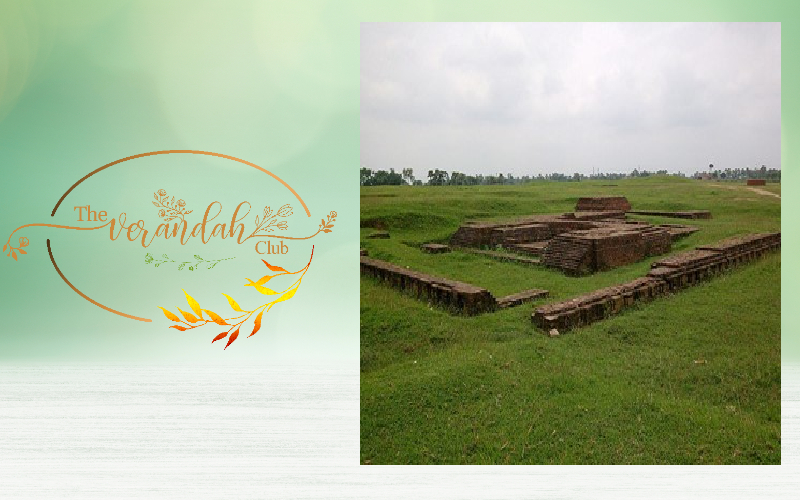
Again, darkness engulfed the lands. The period of matsyanyay (rule of fishes) took over as the powerful and consumed the weak. However, a century later, from this darkness, emerged the next powerful clan to rule Gaur – the Pala kings. For centuries to come, the kingdom of Gaur continued to shine bright: first under the Palas, then under the Senas and even later during the Turkish rule. Yet, each succeeding dynasty indirectly continued the legacy established by the mighty king Sashanka who was the pioneer of creating the identity of Bengal.
With the passage of time, Sashanka has become an obscure figure in Indian history. Karnasuvarna, his once glorious capital, is now a forgotten place in Murshidabad district of West Bengal, with a few stone mounds standing as mute testimony to a fabulous past and of a visionary king who rose from ambiguous origins to the highest seat of power by the dint of his sheer ability.
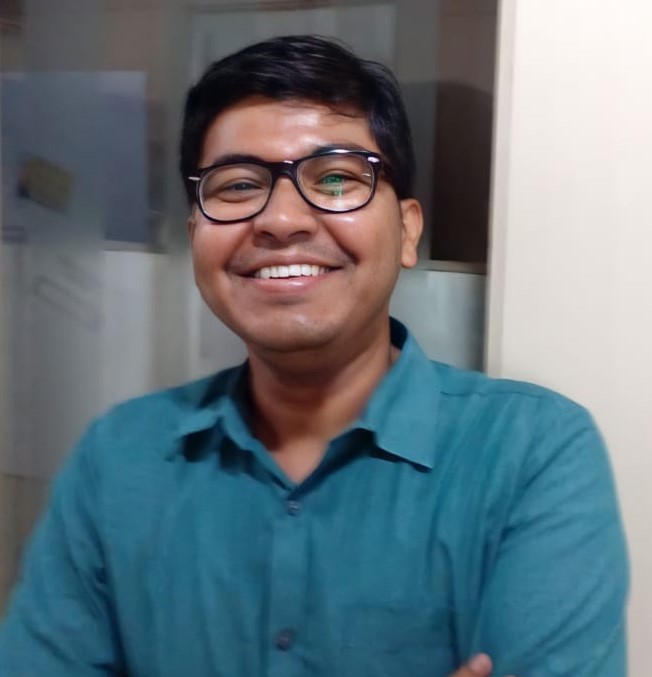
Based out of Kolkata, Trinanjan is a market researcher by profession with a keen interest in Indian history. Of particular interest to him is the history of Kolkata and the Bengal region. He loves to write about his passion on his blog and also on social media handles.
NEXT ARTICLE

At the southernmost tip of this mesmerising ensemble lies the majestic Great Nicobar Island, boasting an impressive landmass of about 910 square kilom...

Bharath has always been a land traversed by spiritual masters/ Guru since time immemorial. These spiritual masters have always upheld the core princip...

South India contains its fair share of unique pilgrimage centres. These divine places of worship have a prominent Sthala Purana, devoted followers, di...